
More than just a brilliant presence in Hollywood’s Golden Age, Cyd Charisse was a dancer whose every step seemed effortlessly flowing but yet incredibly exact, a force of elegance and accuracy.
She shared the screen alongside icons like Gene Kelly in Singin’ in the Rain (1952) and Fred Astaire in The Band Waggon (1953), so becoming one of the most sought-after stars of movie musicals in the 1950s.
Her legs, however, were almost as legendary as her performances, therefore adding another level of fame to her. Long, brilliantly sculpted, and the pride of Hollywood, they were insured for an amazing $5 million in 1952, a fortune then.
Her insured legs became the subject of Rumohr, adding to the mystery of a woman whose entire existence reflected glitz.
Years later, this amazing difference landed her in the 2001 Guinness Book of World Records under “Most Valuable Legs.”
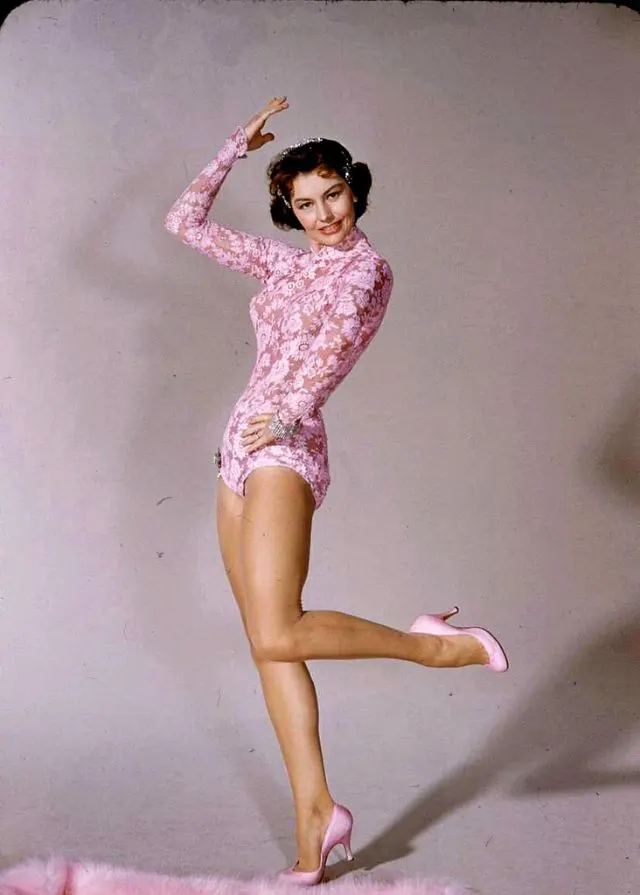
Born Tula Ellice Finklea in 1928, Cyd Charisse was the daughter of jeweler Lela (née Norwood) and Ernest Enos Finklea, Amarillo, Texas.
She had polio as a child and was urged to pick up dancing in order to rebuild her strength. Originally used as physical rehabilitation, what started out as a lifetime hobby quickly took front stage.
She started learning ballet in Los Angeles by the age of twelve, and as a teenage dancer she travelled with the esteemed Ballet Russe de Monte Carlo, therefore acquiring important stage experience.
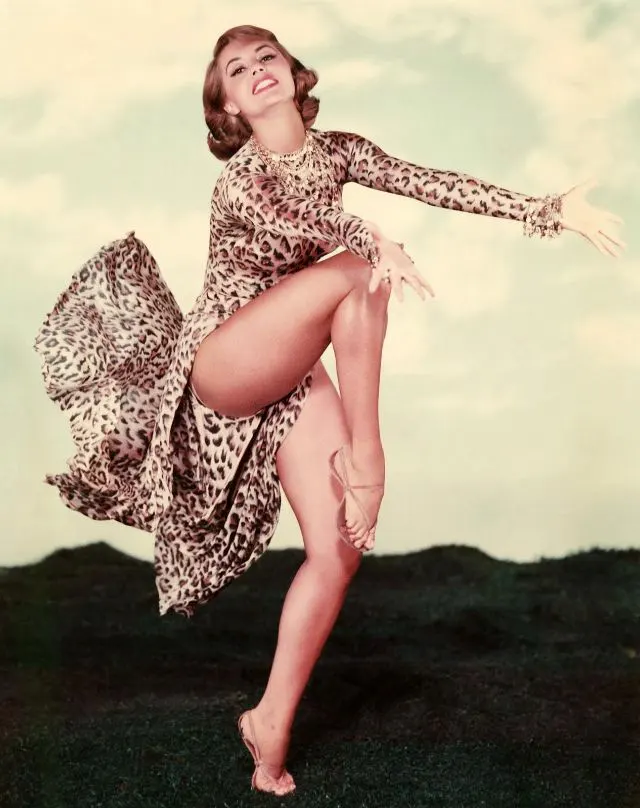
Her move to Hollywood started in 1943 when she debuted under the Lily Norwood moniker in a dance number in Something to Shout About.
Inspired by her childhood nickname, “Sid,” her skill immediately attracted Metro-Goldwyn-Mayer (MGM), which signed her in 1946 and advised she choose the stage name Cyd Charisse.
She starred with Judy Garland in The Harvey Girls (1946) then in Words and Music (1948).

Her breakthrough came in 1952 with Singin’ in the Rain. She had no lines, but her brief but captivating dance with Gene Kelly—which demonstrated her grace, accuracy, and magnetic screen presence—became among the most unforgettable scenes in the movie.
Following that achievement, she featured opposite Fred Astaire in The Band Waggon (1953), where her sensual and brilliant performance won much acclaim.
Famously, critic Pauline Kael said, “when the bespangled Charisse wraps her fantastic legs around Astaire, she can be forgiven everything, even her three minutes of ‘classical’ ballet and the fact that she reads her lines as if she learnt them phonetically.”

Unquestionably, Charisse’s strength was dancing; her acting was more limited. As movie musicals lost appeal in the 1960s, film parts became rare.
Travelling globally from 1963, she remade herself with singer Tony Martin, her second husband, as part of a nightclub cabaret performance.
The couple co-wrote The Two of Us, a collaborative autobiography examining their marriage and professions, in 1976.
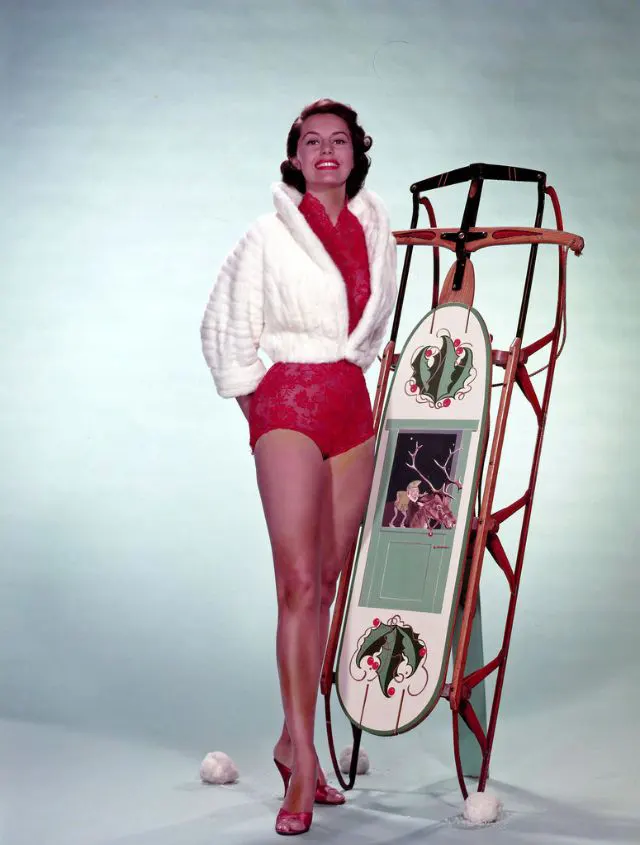

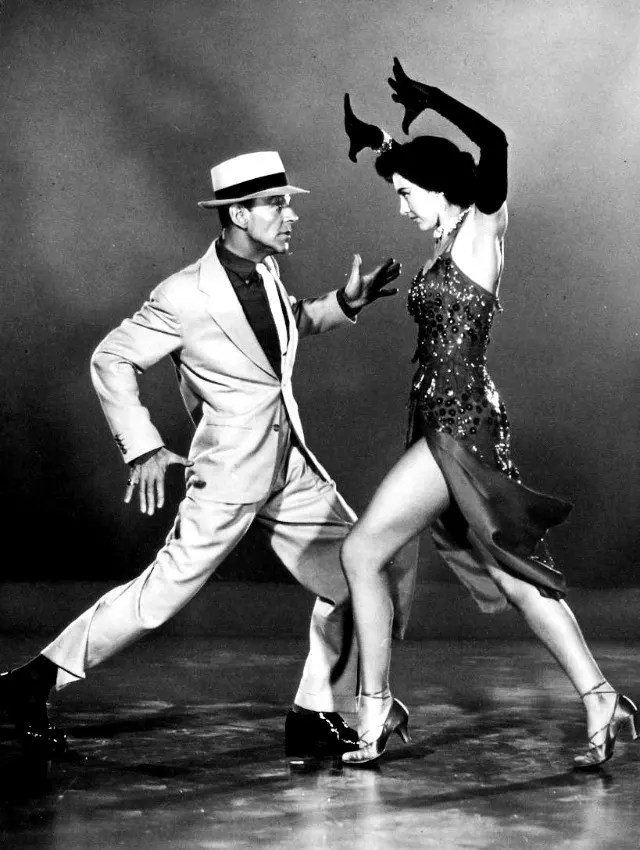
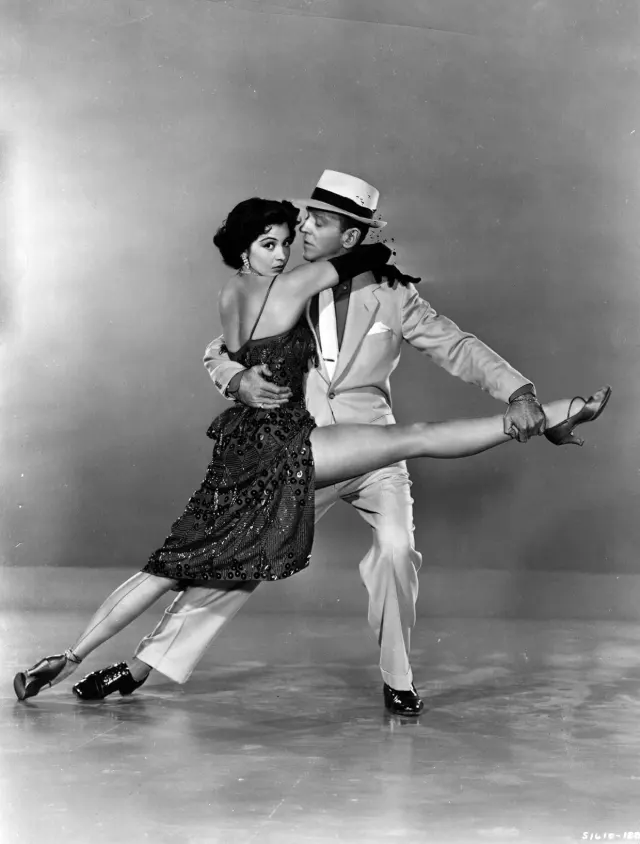
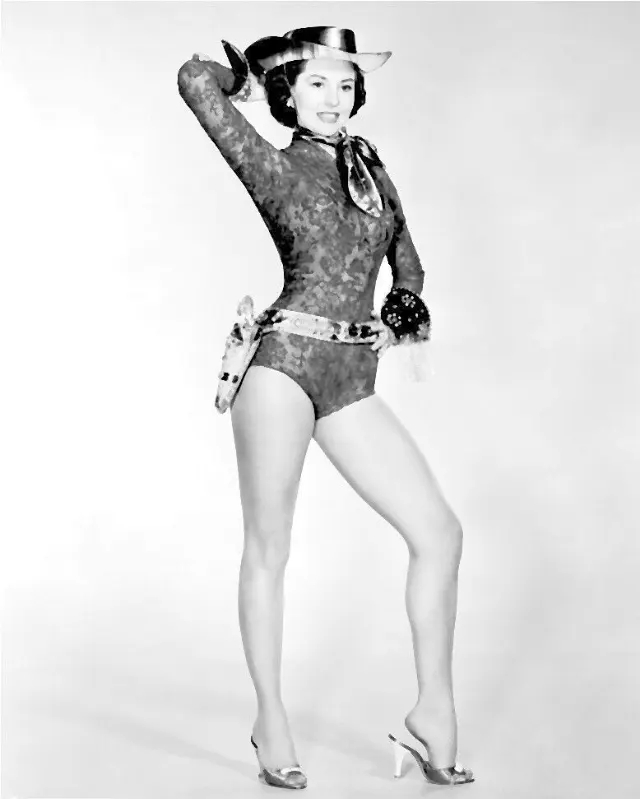
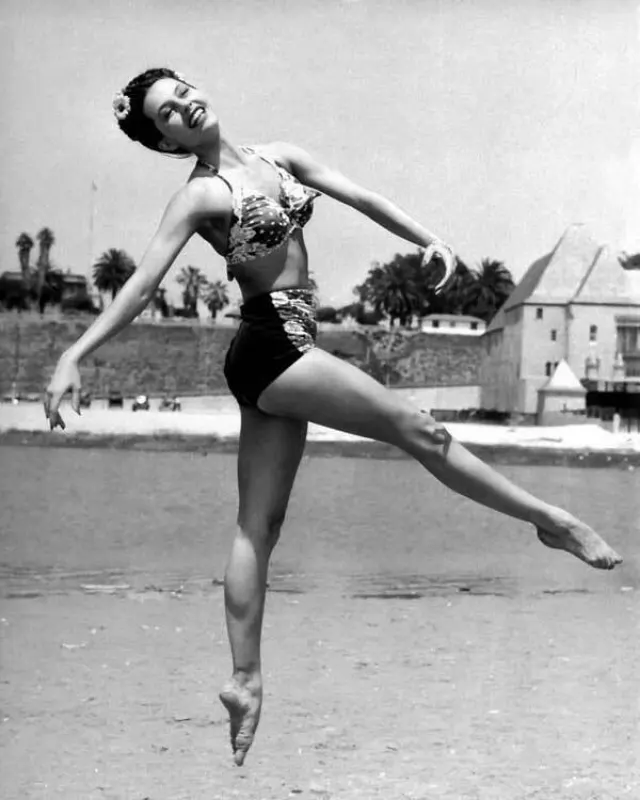

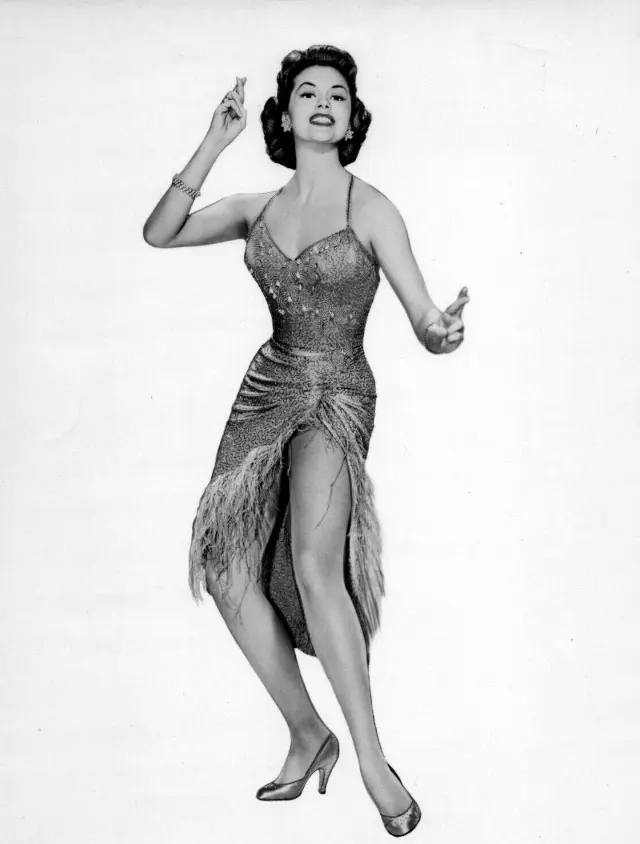

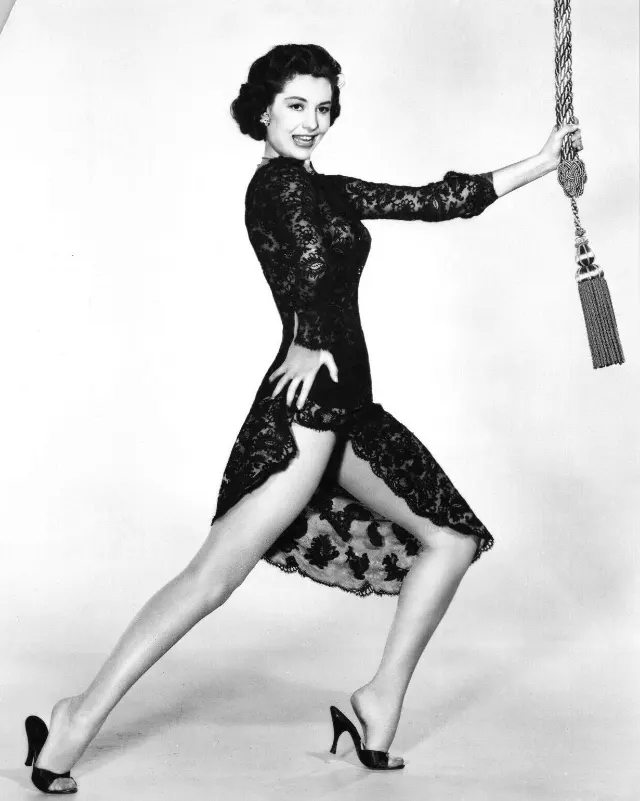
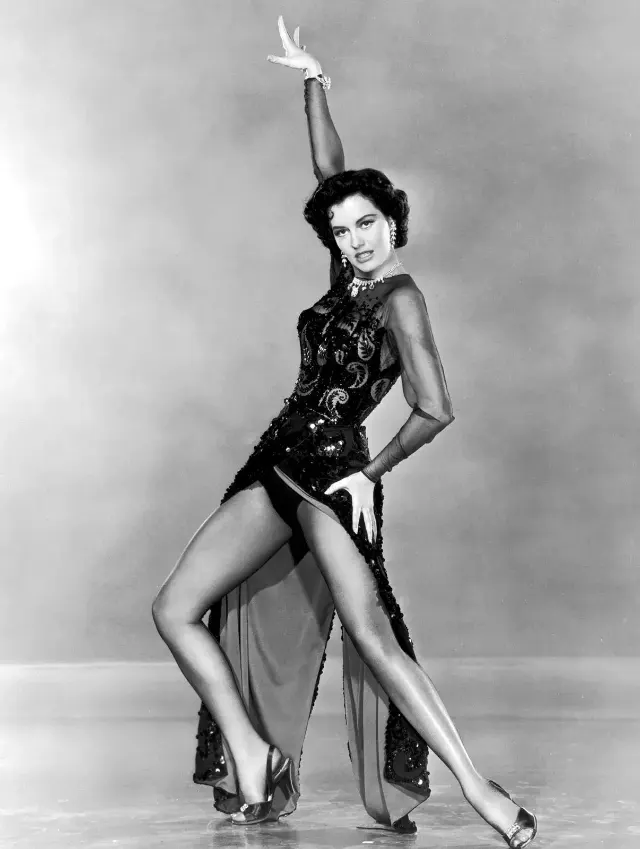

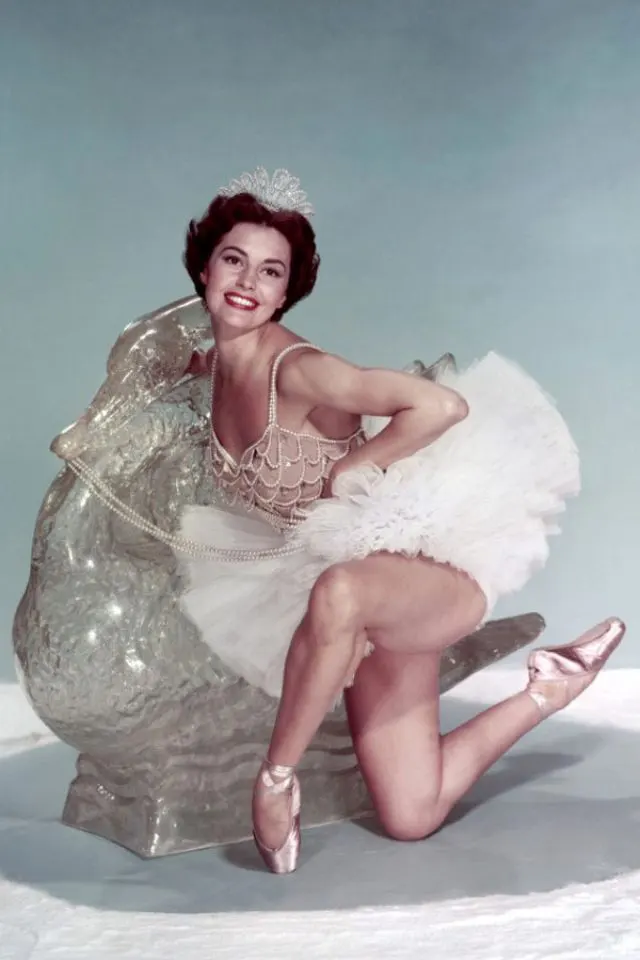
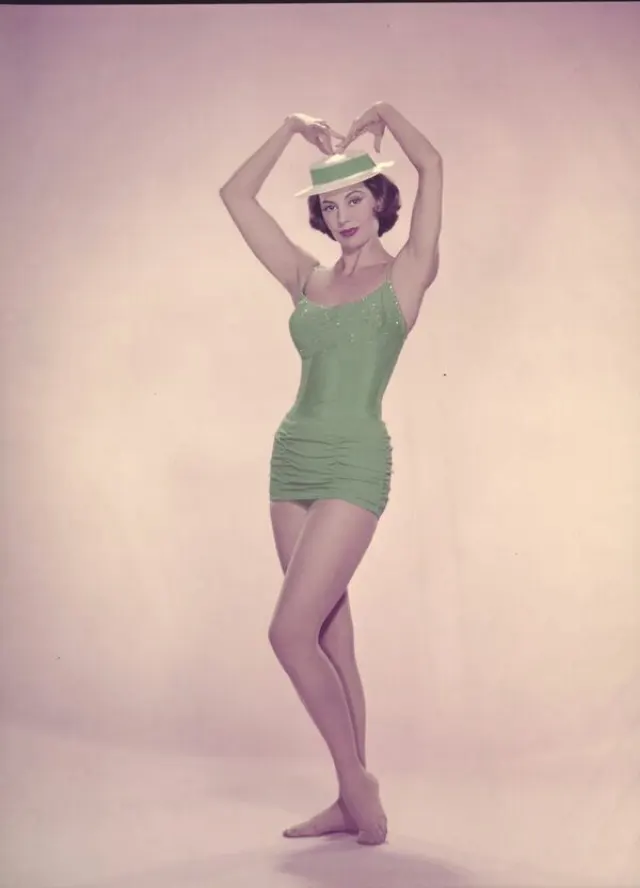
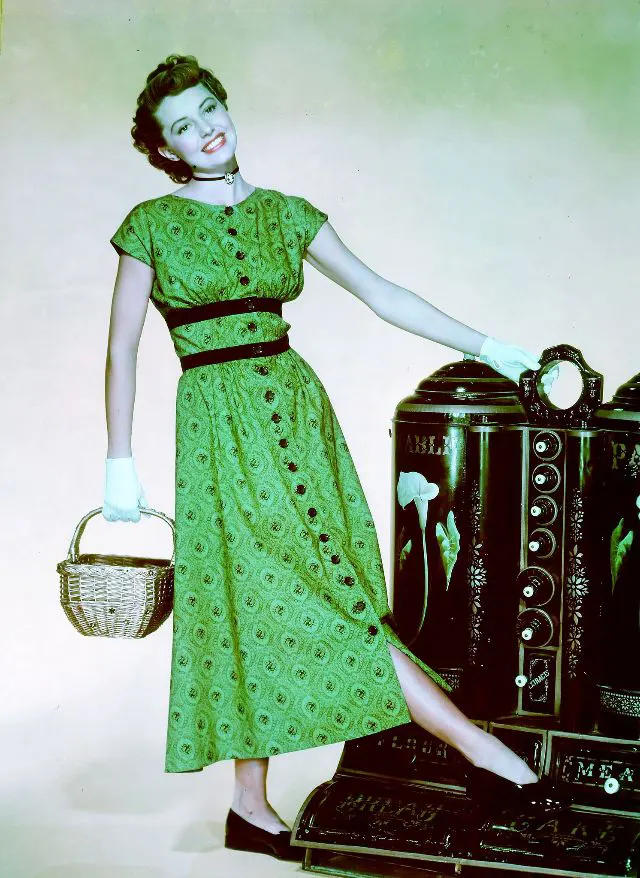
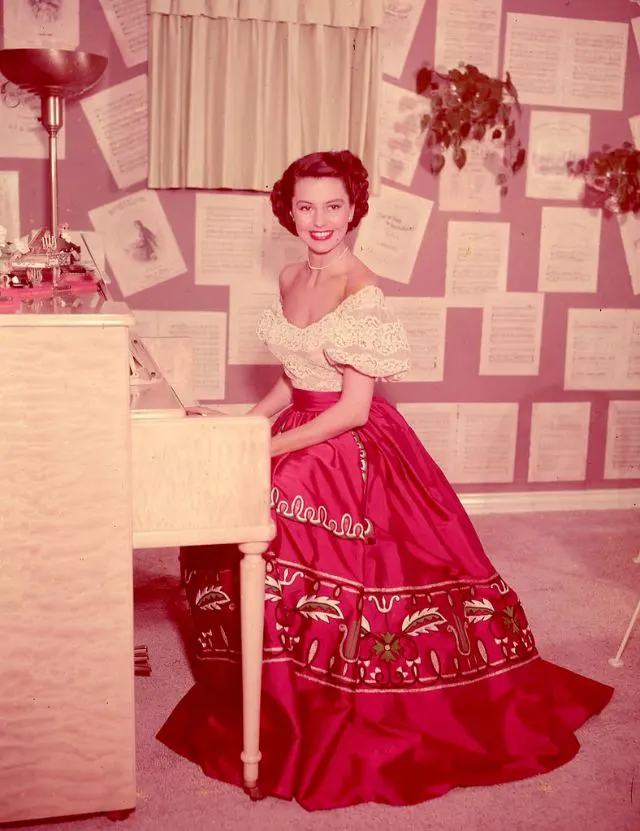

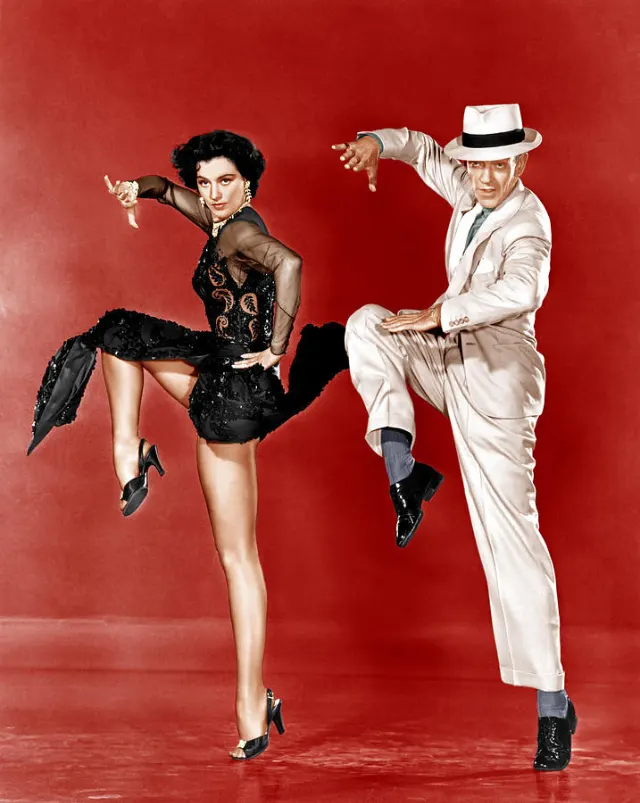
Suffering a heart attack, Charisse was admitted to Cedars-Sinai Medical Centre in Los Angeles on June 16, 2008.
At 86, she passed on the next day leaving behind a legacy as one of Hollywood’s most captivating dancers, noted for her grace, skill, and renowned legs that helped define an era of musical film.
(Photo credit: Wikimedia Commons / Britannica / RHP / Flickr).


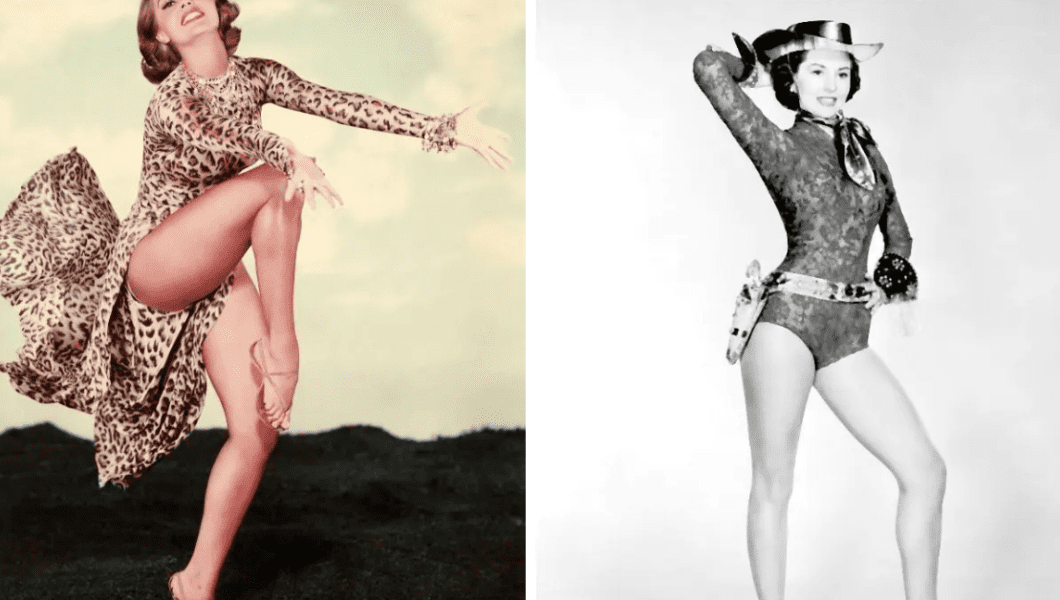
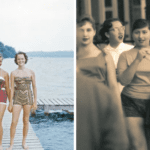

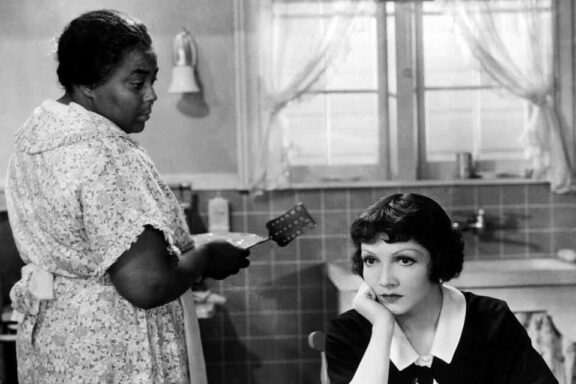


No Comments